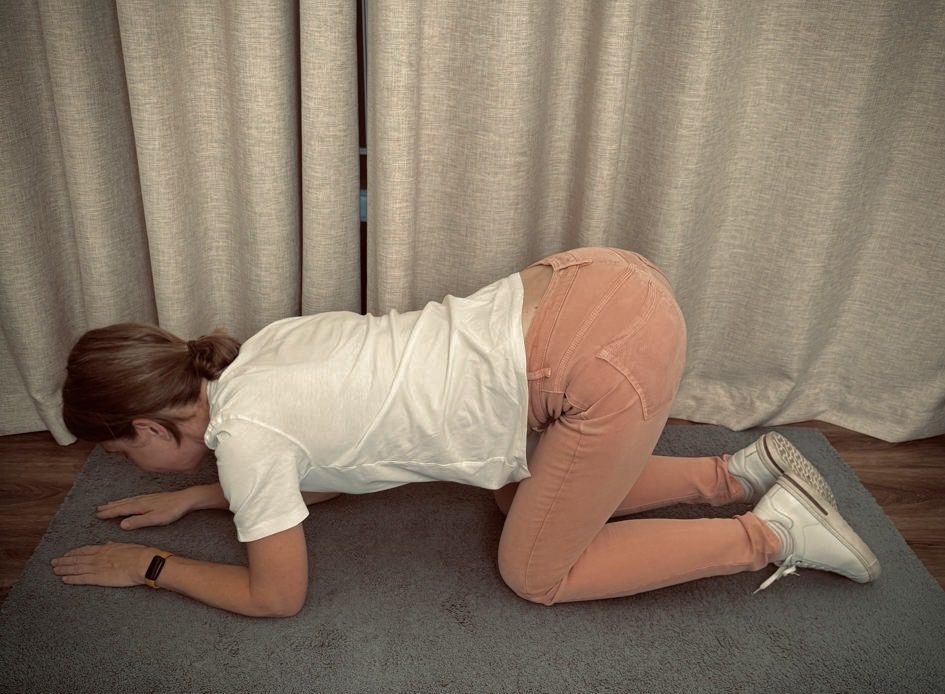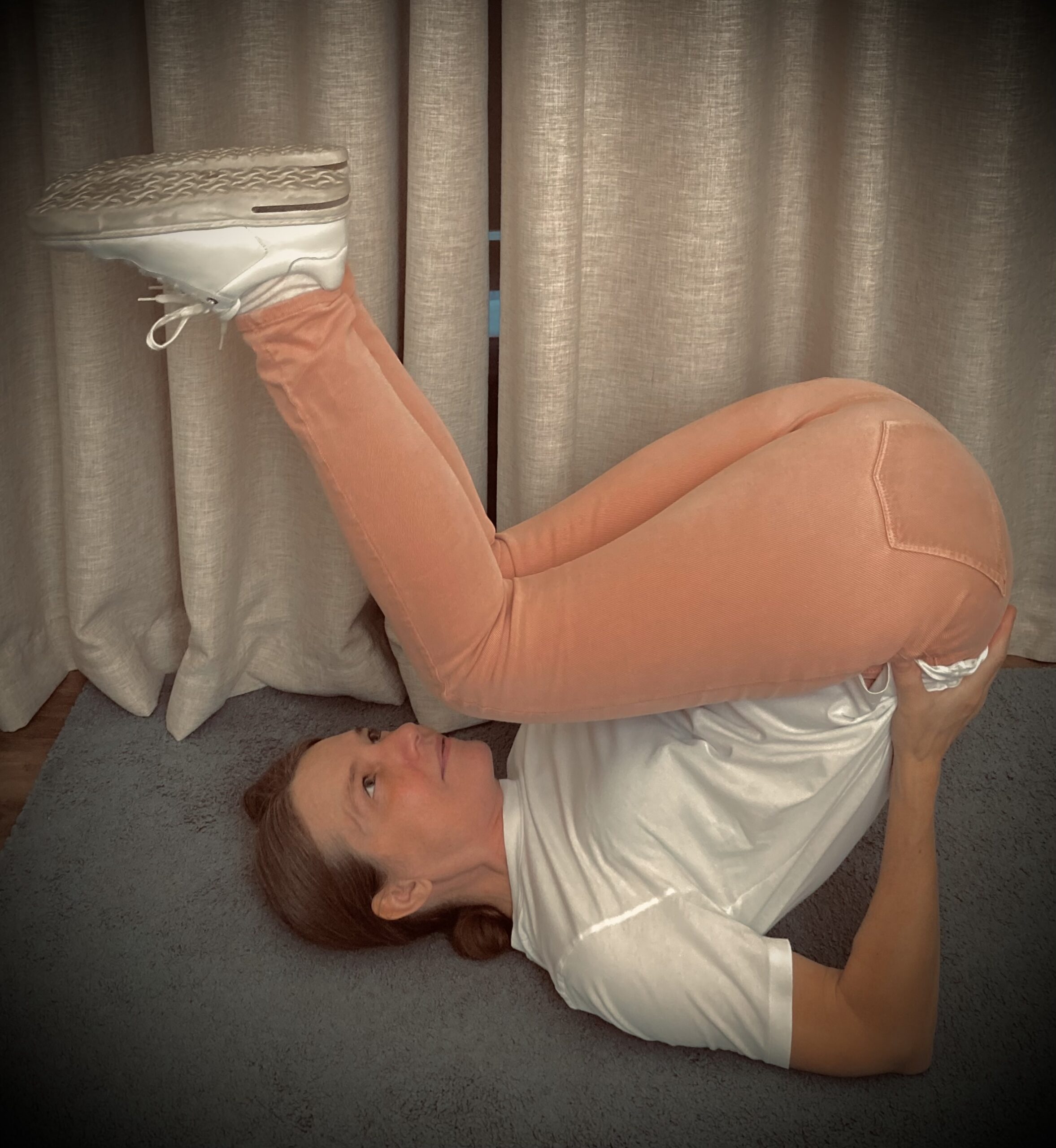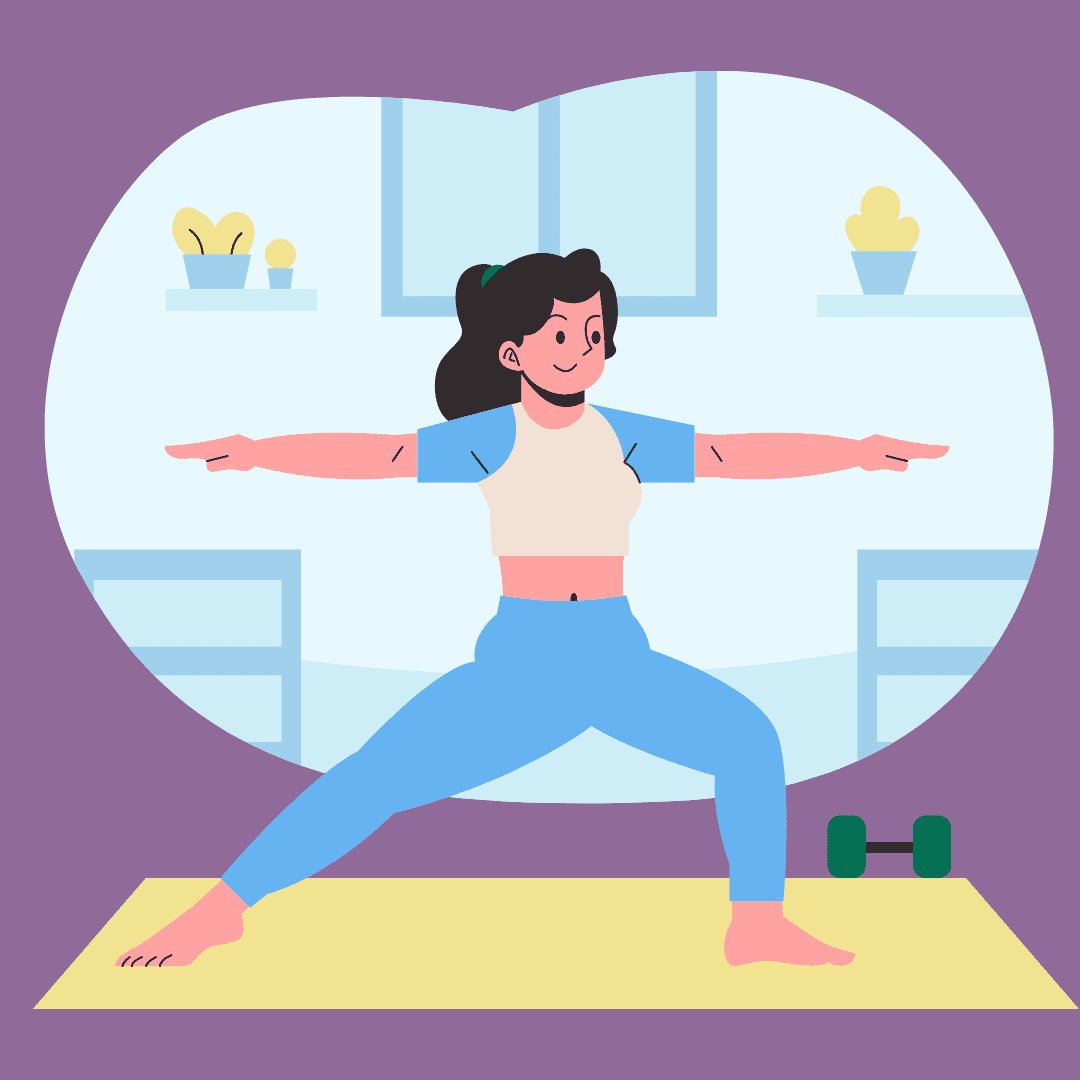Introduction, definition
Hemorrhoid is a short name for hemorrhoidal cushion. These cushions of blood vessels are fine tuning the closure of the anal canal. As such, they are part of normal anatomy. There are internal and external ones at the top of the anal canal where it meets the rectum and at the bottom of the anal canal, where it meets the outside world. We only call them hemorrhoids as a disease if something happens to them: they got bigger, they bleed, they prolapse i.e. fall/hang out of the anal canal, the vessels in them bursts and bleeds from sudden pressure resulting hematoma called thrombosed hemorrhoid e.t.c.
The treatment for hemorrhoids can be medical, ointments, suppositories, diet to optimize stool consistency. Or it can be surgical, hemorrhoidectomy, hemorrhoidopexy, laser hemorrhoid procedure.
So where does exercise come into this picture? Does it have a place at all?
What can exercise do for hemorrhoid problems?
Some exercise makes hemorrhoid problems worse for sure! Squatting, weight-lifting, riding your bike on a narrow saddle… Just to mention a few.
But is there any exercise, which can make it better?
Yes, there is.
Exercise, which allow the hemorrhoid cushions empty of blood and allow the prolapse to fall back can help to settle a flare-up, can help recovery after surgery and if done regularly can help prevent worsening of prolapse. Please note, these statements are not evidence based, rather the observations of a proctologist with more than 25 years of experience.
To achieve this, we need to put our butt up!
How much up?
Higher than the heart.
“Hemorrhoid exercises”
-
- Knee-elbow shoulder-down position. This position you can do on the floor on a rug or carpet, just to provide some cushioning for your knees, but as well you can be on top of your bed or sofa, if you prefer. Kneel on the floor/bed with putting your knees slightly apart. Let your lower legs rest on the floor. Place your elbows on the floor at the same level as your knees at a comfortable distance from the knees and about the same apart. Allow your forearms to rest on the floor. Lower your chest and shoulders down as close to the floor/bed as comfortably can. This will result in your bottom peeking up. Relax your abdominal muscles to allow your rectum fall in front and down following gravity. Gently and slowly close and open your anal muscles as if you are trying to hold and relax. Make sure you have applied some anal ointment or vaseline on the anal skin before exercise, so skin tags/protruding bits if they are still mobile have a chance to slip back and settle inside, rather than outside. Try to do this exercise 8-10 minutes two-three times a day.

- This position you can do on a yoga mat or equally comfortable but not too soft flooring. Lie down on your back fully flat with your arms next to you on the floor. Lift your legs up and roll your lower body up in a candle pose, supporting your hips with your hands, keeping your elbows on the mat. Your knees can be kept straight or bent as comfortable. This will result in your bottom lifted above your chest and your rectum falling away from the anal canal by gravity. Gently and slowly close and open your anal muscles as if you are trying to hold and relax. Make sure you have applied some anal ointment or vaseline on the anal skin before exercise, so skin tags/prolapsing bits if they are still mobile have a chance to slip back and settle inside rather than outside. Try to do this exercise 5-7 minutes two-three times a day.

- Knee-elbow shoulder-down position. This position you can do on the floor on a rug or carpet, just to provide some cushioning for your knees, but as well you can be on top of your bed or sofa, if you prefer. Kneel on the floor/bed with putting your knees slightly apart. Let your lower legs rest on the floor. Place your elbows on the floor at the same level as your knees at a comfortable distance from the knees and about the same apart. Allow your forearms to rest on the floor. Lower your chest and shoulders down as close to the floor/bed as comfortably can. This will result in your bottom peeking up. Relax your abdominal muscles to allow your rectum fall in front and down following gravity. Gently and slowly close and open your anal muscles as if you are trying to hold and relax. Make sure you have applied some anal ointment or vaseline on the anal skin before exercise, so skin tags/protruding bits if they are still mobile have a chance to slip back and settle inside, rather than outside. Try to do this exercise 8-10 minutes two-three times a day.
What to expect from hemorrhoid exercises?
- To achieve faster healing in case of a flare up of prolapsing hemorrhoids with or without bleeding on conservative treatment
- To achieve faster symptom resolution and smaller or no remnant skin tags if you have a thrombosed external hemorrhoid on conservative treatment or after minor surgery (removal of blood clot from thrombosed external hemorrhoid under local anesthesia)
- To achieve faster healing and smoother end result (smaller or no skin tags) after hemorrhoid surgery
What not to expect from exercises?
- Please do not expect exercises to fix a hemorrhoidal flare-up by themselves. Use the ointments and suppositories as prescribed. Exercises are additional aids.
- Please do not expect the exercises to reverse time, to turn grade 3-4 prolapsing internal hemorrhoids back to earlier grades. Chronic prolapse means, that already a change happened in the anatomy. The little ligaments fixing the hemorrhoid cushions to the anal muscle wall had already lengthened. No exercise can undo this change. But it can prevent it from getting worse.
- Please do not expect exercise counterbalance bad toilet habits! If you are sitting hours on the toilet, pushing with all your might, unable to relax your pelvic floor muscles, have hard stools or have regular bouts of diarrhea, no exercise will prevent you from developing hemorrhoids. If you have any or many of these, exercise will still help, but stopping these bad habits will help even more.
Summary
Hemorrhoid exercises are simple postural changes rather than strenuous exercises. They intend to get you bum up, above your heart, so that the hemorrhoid cushions can empty of blood, and swellings can settle faster.
All day, every day the anal canal is under hydrostatic pressure from the upper body, whether you are standing or sitting. While you are lying down the hemorrhoid cushions are at the level of your heart and the pressure on them is not too much. Naturally however it never happens that your hemorrhoid cushions get a chance to empty and be relieved of pressure.
These exercises allow just that.
You cannot spend your day in the above positions. They are not comfortable for your head and chest. But if you spend at least a little bit of time in these positions, your hemorrhoid cushions, especially if they are inflamed from a recent flare-up or a recent hemorrhoid surgery, will be very grateful for it.
